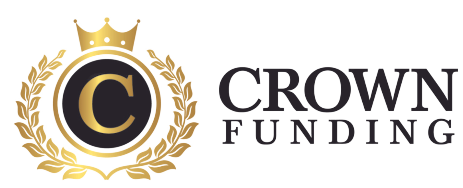
Understanding Home Equity Lines of Credit
Home equity lines of credit (HELOCs) are a popular option for homeowners who want to borrow against the equity they have built up in their homes. They can be an excellent way to access funds for home improvements, debt consolidation, or other expenses. However, before you take out a HELOC, it is essential to understand how they work and the risks involved.
What is a Home Equity Lines of Credit?
A HELOC is a revolving line of credit that is secure by the equity in your home. Equity is the difference between the value of your home and the outstanding mortgage balance. With a HELOC, you can borrow up to a certain amount, typically up to 85% of your home’s value, minus the outstanding mortgage balance.
Unlike a traditional loan, a HELOC is a revolving line of credit, meaning you can borrow, repay, and borrow again as needed. The loan typically has a draw period of five to ten years, during which you can borrow against the credit line, followed by a repayment period of ten to twenty years.
How Does it Work?
When you take out a HELOC, you will be given a credit limit, which is the maximum amount you can borrow. You can then draw on the credit line as needed, up to the limit. As you borrow, interest will accrue on the outstanding balance. You will only pay interest on the amount you have borrowed, not the full credit limit.
During the draw period, which usually lasts five to ten years, you can borrow and repay as much as you like. You will require to make minimum monthly payments that cover the accrued interest plus a portion of the principal.
After the draw period ends, you will enter the repayment period, which usually lasts ten to twenty years. During this period, you will no longer be able to borrow against the credit line. And you will be required to make monthly payments that cover both the principal and interest.
Pros and Cons
HELOCs can be an excellent option for accessing funds when you need them, but they also come with risks. Here are some of the pros and cons of HELOCs to consider:
Pros:
- Flexibility: With a HELOC, you can borrow as much or as little as you need, up to the credit limit.
- Low Interest Rates: HELOCs typically have lower interest rates than other types of loans, such as personal loans or credit cards.
- Tax Benefits: Interest paid on a HELOC may be tax-deductible if the funds are used for home improvements.
Cons:
- Risk of Foreclosure: If you are unable to make payments on your HELOC, you risk losing your home through foreclosure.
- Variable Interest Rates: HELOCs typically have variable interest rates, which means your monthly payments can fluctuate.
- Additional Fees: HELOCs may come with fees, such as annual fees or closing costs, that can add to the overall cost of the loan.
Is a Home Equity Line of Credit Right for You?
A HELOC can be an excellent option for accessing funds when you need them, but it’s important to consider the risks and benefits before taking one out. If you’re considering a HELOC, be sure to do your research, compare rates and terms from multiple lenders, and consult Crown Funding to determine if it’s the right choice for your financial situation.
